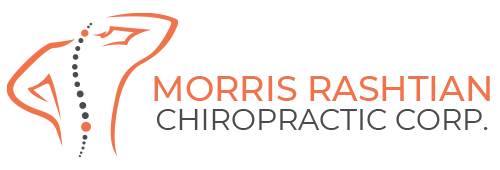
Manual therapy, also known as manipulative therapy, is a physical treatment primarily used by chiropractors to treat musculoskeletal pain and debility.
How Does Manual Therapy Work?
This form of physical therapy takes a hands-on approach rather than using devices or machines. When a chiropractor uses their hands during manual therapy, they apply pressure on the muscle tissue and maneuver the joints in an effort to reduce pain associated with muscle tension, muscle spasm and joint dysfunction.
How Does Manual Therapy Help?
When a person has insufficient movement and range of motion in their joints, it can lead to pain, discomfort and an interruption in function, movement and posture.
By implementing manual therapy, the following can occur:
- An increase in range of motion
- A decrease or elimination of soft tissue inflammation
- Pain regulation
- Relaxation
- Healing, stability and/or extension of contractile and non-contractile tissue
- Ease in movement and restoration of function
Types of Manual Therapy Movement
There are many manual therapy techniques, and, as a group, they aim to relax tense muscles and ease restricted joints. Overall, however, these procedures exercise three main types of movement:
- Manipulation. Sheer, rotational or agitated force that is rapid and results in an audible popping sound caused by the sudden breakdown of gas bubbles that develop during joint cavitation
- Massage. Recurring stripping, kneading or rubbing of the soft tissues for the purpose of redistributing fluid, relaxing muscles, increasing circulation, easing muscle tension, breaking up scar tissue and reducing pain
- Mobilization. Stretching the soft tissues in a slower, more regulated process in order to improve flexibility
Mobilization and manipulation are often talked about together. They use calculated movements of various speeds (slow to fast), force (moderate to strong) and distances to pull, rotate or thrust joints and bones into position to help release stiff tissues around the joint, minimize joint pain, reestablish alignment and assist with flexibility.
Types of Manual Therapy Techniques
Prior to executing manual therapy, the chiropractor will typically do an assessment of the nerve and blood supply in the treatment area, as well as look at the bone and muscles themselves. This helps him or her determine whether this physical therapy is appropriate for the patient’s needs. Contingent on the assessment, the chiropractor may perform one or more of the following manual therapy techniques:
- Soft tissue mobilization. Breaks up hard or rubbery muscle tissue (e.g., scar tissue), circulates tissue fluids, restores normal texture to tissue, reduces pain and lessens muscle tension through rhythmic stretching and deep pressure
- Strain and counter-strain. Focuses on fixing irregular neuromuscular reflexes that trigger structural and postural problems. Here, the chiropractor first determines where the patient’s tender points are. The patient is then asked at what point the soreness diminishes. The patient is next held in position (at a point where they are comfortable) for up to two minutes. During this time, the muscle is stretched mildly and then slowly taken out of this position, which lets the body reset its muscles to a natural level of tension so that healing can occur.
- Joint mobilization. Loosens the constrained joint and boosts range of motion by delivering slow speed and amped up distance of movement.
- Muscle energy technique. Designed to activate restricted joints and lengthen shortened muscles by using voluntary contractions of the patient’s muscles against a defined counter force implemented by the chiropractor, who helps by taking the muscle to a specific position and placing it in a precise direction
- High velocity, low amplitude thrusting. Restores the sliding motion of joints and allows them to open and close efficiently. This more aggressive technique involves taking a joint to, but not beyond, its restrictive barrier
Please contact your chiropractor with any questions.

